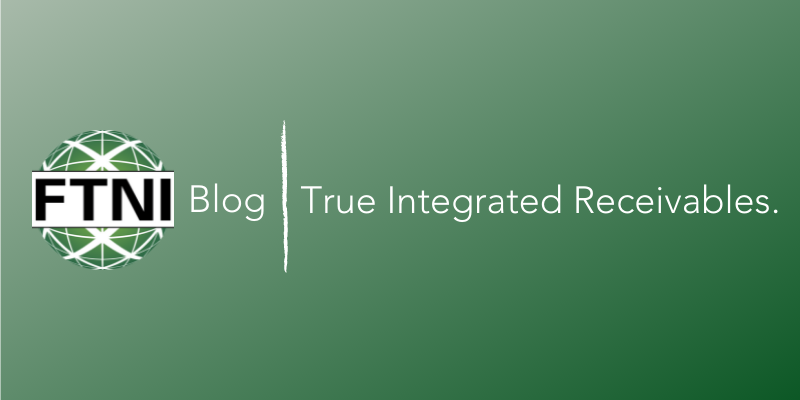Contact Sales (402) 933-4864
Contact Sales (402) 933-4864
Written by: Lyle Knox
Building an enterprise-level organization involves complex processes that revolve around one of the most important components – the financial – and the refinement, organization, management, and dissemination of related data. The engine grows by building on what works and iterating on what has failed. This constant ebb and flow forms the backbone of successful enterprise organizations.
Transaction processing that utilizes simplified methods and tools are the key to aligning all the pieces of this financial puzzle and using various applications to keep the machine running. It streamlines the customer purchase process on the front-end and back-end, organizes payments, and takes the difficulty out of processing complex batches of financial information.
More than likely if you have been in business for any length of time, you have seen the payment process as an increasingly complex system. More variables have been added due to the onset of the mobile and tablet payment device resources, and the use of ACH.
The majority of companies perform transaction processing online today – it is the tool of our times that is evolving at cyber speed, and the main application a company uses to manage their financial vision to success.
Perhaps this may sound elementary to some; however, there are multiple payment systems, vendors that can cause unnecessary stress to the process. If the process is not streamlined to best suit your unique needs and customer desires, it can lead to unnecessary expenditures, lost time and lower customer retention.
The benefits to simplified transaction payment processing are that it allows multiple sources of automated credits and debits to be linked and completed without error. And this as a whole streamlines finances. From here we link another component by using a platform that consolidates these payment channels.
Within this model, software applications can be used to simplify the process by:
The key is compiling the transaction processing components in a way that will best serve your needs and the desires of your customers. Simplify their payment process and streamline your internal processes, and you will receive the financial and organizational benefits of a simplified transaction processing system.

Part 2 of the 3-part True Straight Through Blog Series To sum up the payments problem: Clients are...
Read More
It’s no secret that 2013 has brought a wealth of challenge to the insurance industry. Agencies have...
Read More
Originally published on 8/20/2014. Updated on 2/1/2023. Straight Through Processing (STP) is the...
Read MoreFinancial Transmission Network, Inc.
13220 Birch Drive, Suite 120
Omaha, NE 68164
Sales: +1 (402) 933-4864